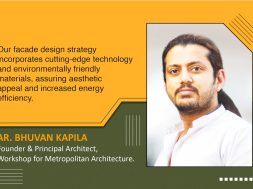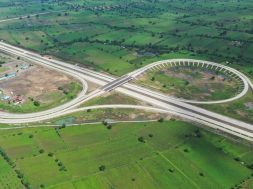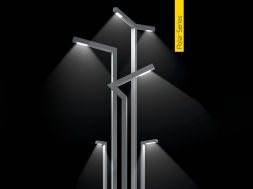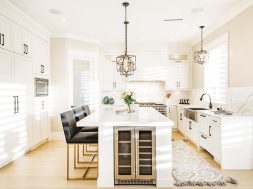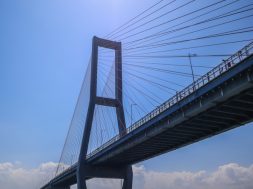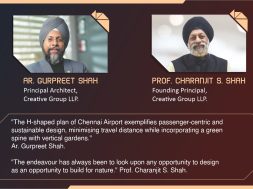Tech-enabled façades improve building performance
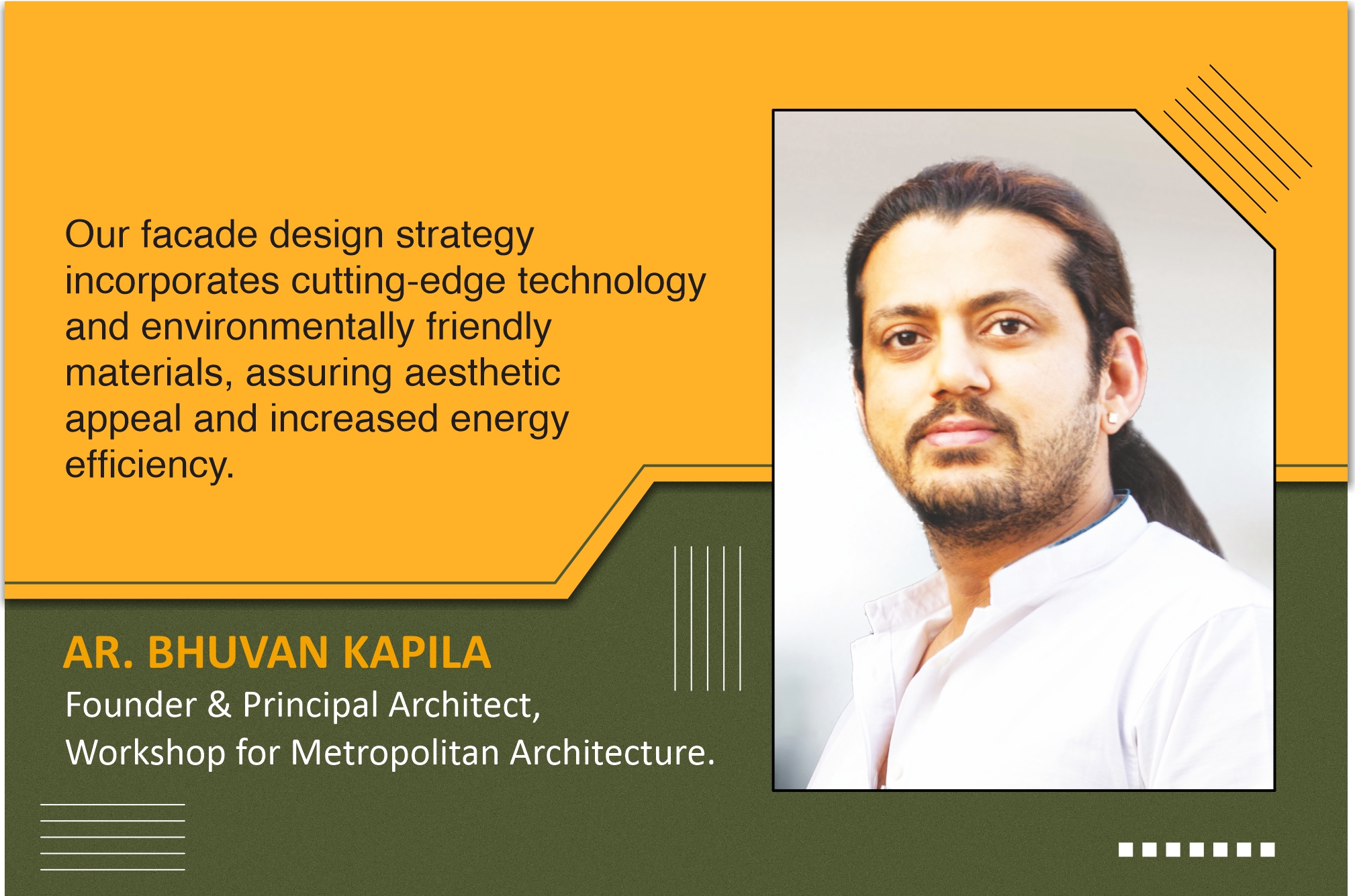
This interaction explores how innovative facade designs combine aesthetics, energy efficiency, and cutting-edge technology to redefine modern architecture.
What innovative approaches do you employ to design facades to achieve visual impact and energy efficiency?
Using modular facades, built of prefabricated sections or modules that can be put on- or off-site is a novel approach to façade design. They are highly recommended as they help create structures faster and with higher quality and uniformity by integrating modern technologies such as interactive systems, screens, projections, and LED lights. Digital facades serve various purposes, including creating animations or creative expressions, increasing the building’s profile or visibility, and connecting with the public or users. These measures improve both visual appeal and energy efficiency.
How do you choose facade materials based on durability, environmental impact, and aesthetic versatility?
Aluminium composite panels (ACPs) enhance the sustainability, energy efficiency, and visual appeal of a building’s façade. They also reduce cooling costs as they reflect sunlight and are weatherproof. Terracotta, a long-lasting and environmentally friendly building material, can improve a building facade’s performance. Furthermore, fibre cement, composed of cellulose fibres, cement, and sand, is a durable, fire-resistant, and low-maintenance building material. It offers customisation choices in a variety of hues and shapes.

Can you discuss how your facade solutions contribute to building performance regarding thermal efficiency, daylighting, and acoustics?
Regarding thermal efficiency, energy-efficient glazing can balance natural light transmission and solar heat gain. This helps maintain acceptable home temperatures while lowering the demand for artificial heating and cooling. Furthermore, daylight harvesting devices can capture natural light in deeper portions of the building, decreasing the need for artificial lighting. In high-noise environments, vibration isolation methods can help limit noise transmission through facades.
How do you customise facade solutions to meet different projects’ unique architectural vision and functional requirements?
Facades are customised to reflect the environment and client preferences. For example, composite materials like aluminium are ideal for complicated designs. The colour scheme influences the building’s interaction with its surroundings, allowing them to blend in. Lighter colours, for example, can improve visibility by making a building appear larger and more effective. Darker colours, on the other hand, tend to emphasise structural strength and rigidity. Symmetry also adds balance and order to the structure, giving it a more formal, grounded aspect while meeting practical requirements.
How are technological advancements, like smart facades and dynamic shading systems, driving innovation in sustainable facade development?
Technology and material improvements have transformed façade architecture, allowing dynamic designs that increase building performance and respond to the surrounding environment. Architects have additional alternatives because of advanced materials, kinetic facades, and smart facades. Due to developments in materials and technology, how facades are constructed, assembled, and integrated into overall architectural designs has evolved dramatically.
For more details, visit: https://www.instagram.com/wma.in/?hl=en
Cookie Consent
We use cookies to personalize your experience. By continuing to visit this website you agree to our Terms & Conditions, Privacy Policy and Cookie Policy.
